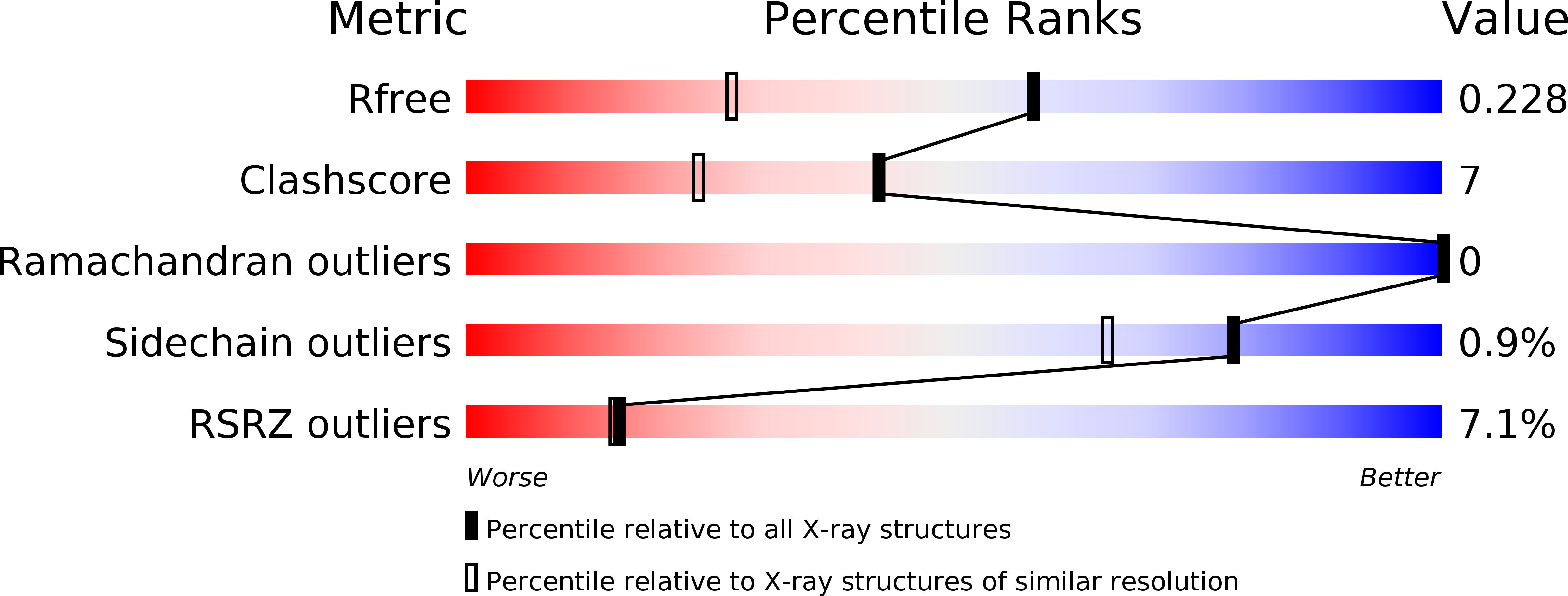
Deposition Date
2005-10-27
Release Date
2006-06-27
Last Version Date
2023-08-23
Entry Detail
PDB ID:
2ETB
Keywords:
Title:
Crystal structure of the ankyrin repeat domain of TRPV2
Biological Source:
Source Organism:
Rattus norvegicus (Taxon ID: 10116)
Host Organism:
Method Details:
Experimental Method:
Resolution:
1.65 Å
R-Value Free:
0.22
R-Value Work:
0.18
R-Value Observed:
0.18
Space Group:
P 21 21 21


